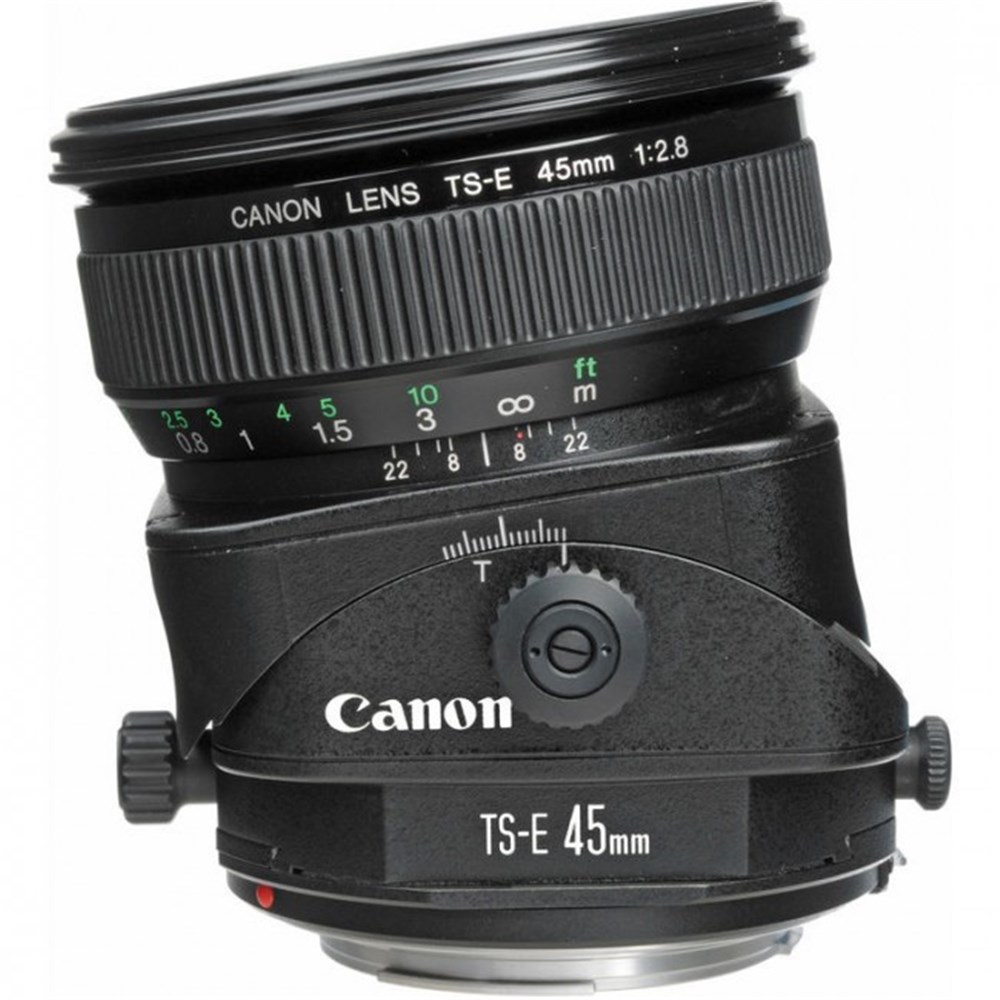

David and Joe are incredible teachers and they encouraged my enthusiasm for what would become my future career.Īt this point, they were both shooting with 5” x 4” view cameras – complete with dark cloths and transparency film – and I was mesmerised. I discovered a deeper love for photography and, learning alongside my dad, my work took on a much greater depth very quickly. It’s no exaggeration to say that trip changed my life.

But a trip to Iceland with Dad was an amazing opportunity to spend time together so I decided to learn. I’d never given any thought at all to landscapes and, if I’m honest, I wasn’t that interested. I practiced on school plays and the university drama society during term time, while my summer holidays were filled with portrait photography at my mother’s nursery school. I’d been taking and printing black and white photographs since childhood and at that time had a dream of becoming a stage photographer. Setting off with my dad, I was going for a holiday. This trip was a turning point for me and one of the most important moments in my journey as a photographer. It was one of the early tours with the company Light & Land and was led by landscape photographers Joe Cornish and David Ward. These lenses are a lot of fun to use and I found them a great way to explore new creative avenues in my photography.īack in 1999, I travelled to Iceland with my dad on a landscape photography trip. Since then, many camera manufacturers have created tilt-shift lenses for their 35mm SLR and DSLR systems and Canon now has four lenses in its current line-up: the TS-E 17mm f4L, TS-E 24mm f3.5L II, TS-E 50mm f2.8L MACRO, and TS-E 90mm f2.8L MACRO.

Nikon produced a lens with a shift mechanism in 1962 for their 35mm cameras, and Canon introduced their first tilt-shift lens in 1973 (Canon TS 35mm f2.8 S.S.C). Large format view cameras have had these movements since the early days of photography. Tilt-shift lenses encompass two different types of movement: shift, where the lens is moved parallel to the image sensor (useful for photographing trees, buildings, and also mirrors – more about this below) and tilt, where the plane of focus is tilted relative to the image sensor, which is fantastic for achieving front-to-back sharpness in photographs and is very popular when photographing landscapes. Tilt-shift lenses are speciality lenses which enable us, as photographers, to create different effects in our work.


 0 kommentar(er)
0 kommentar(er)
